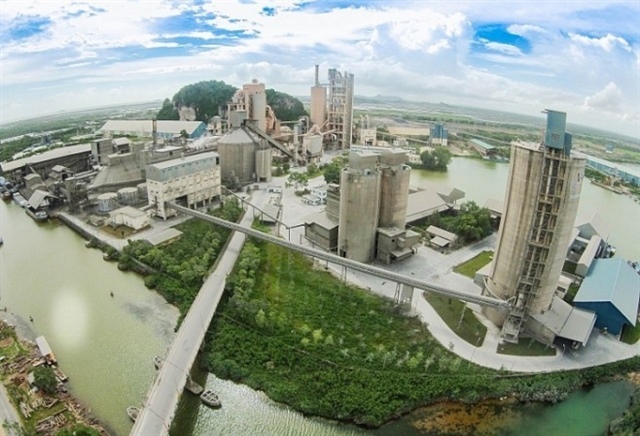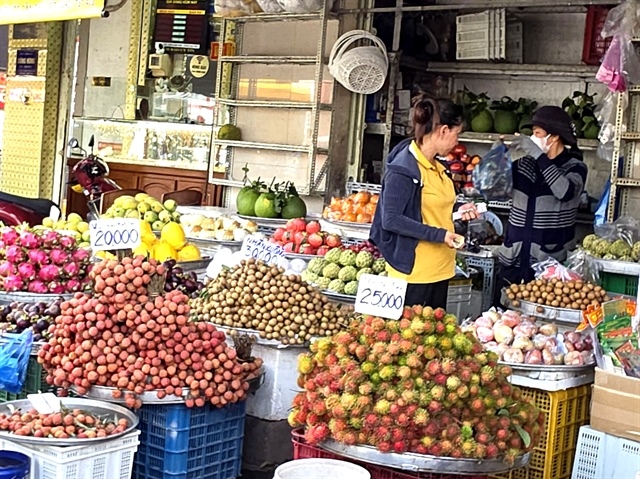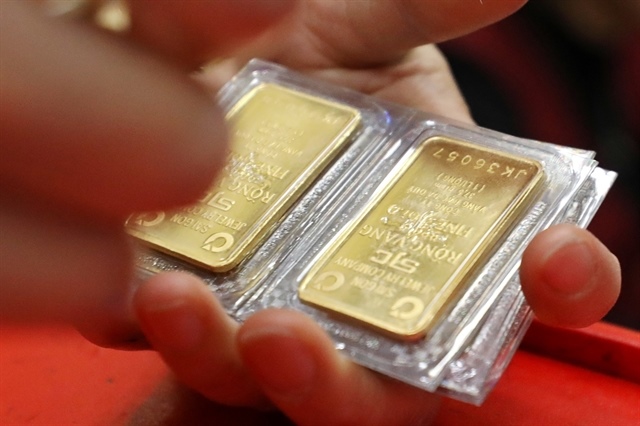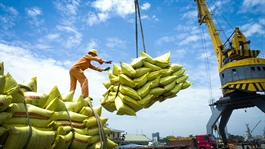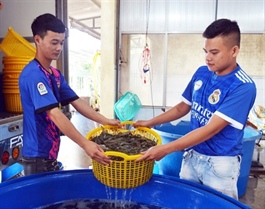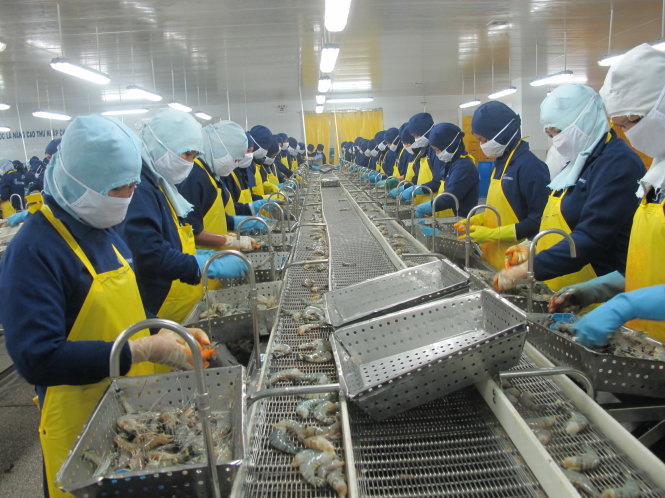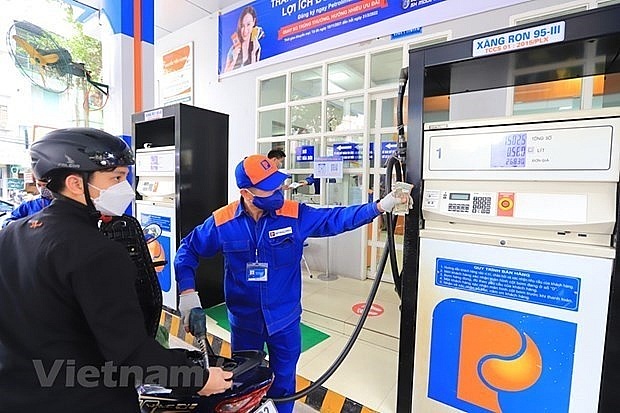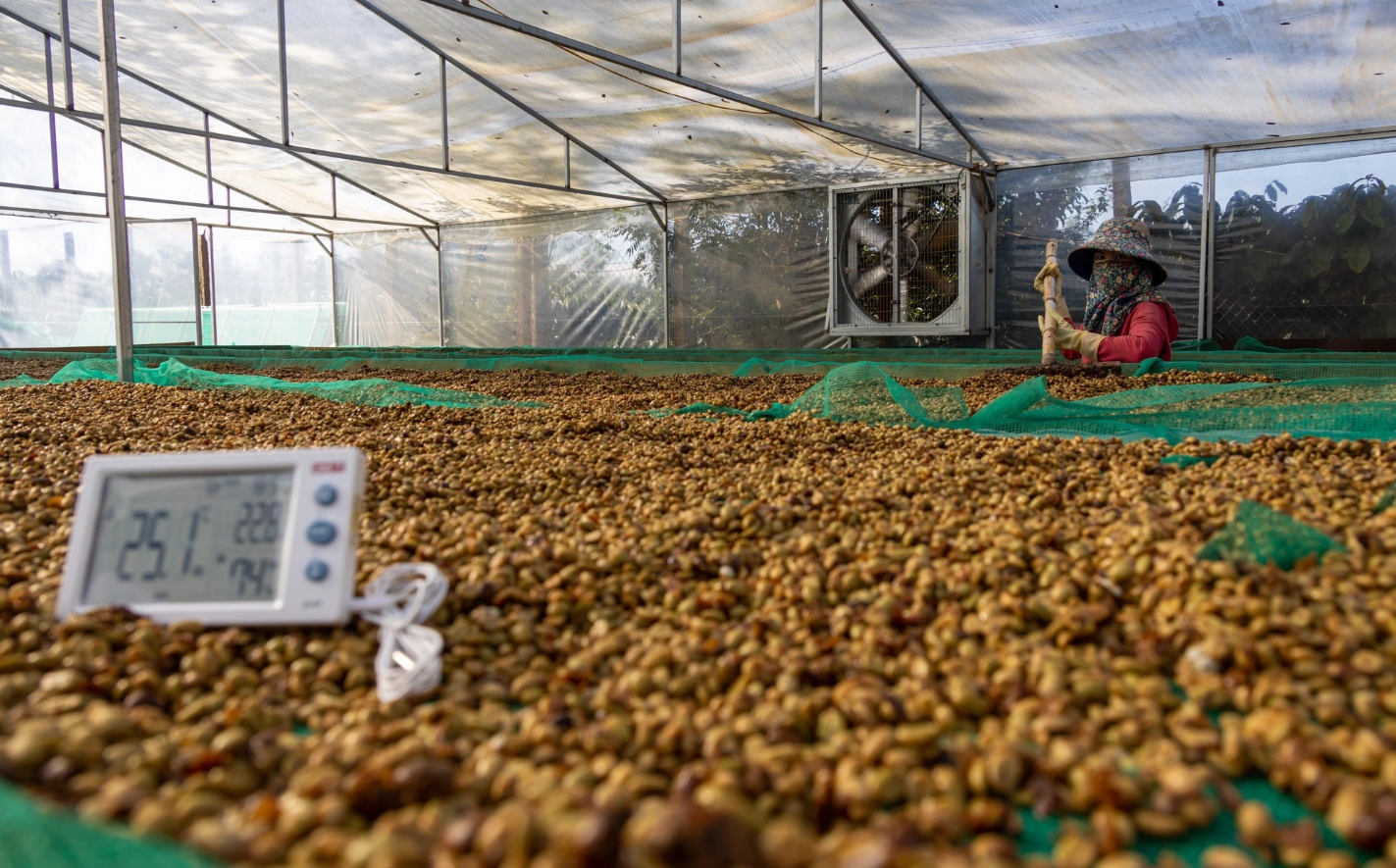Fertiliser prices fall, firms to expand exports
Fertiliser prices fall, firms to expand exports
The fertiliser export market declined in both volume and price in the first six months of this year.
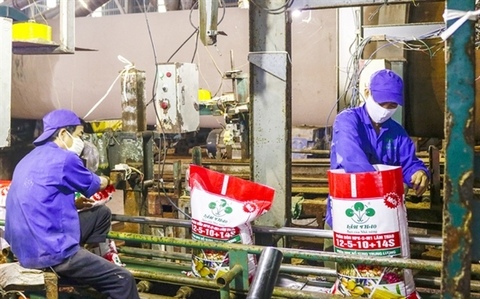
Workers on a production line of Lam Thao Fertilisers and Chemicals JSC. — Photo phutho.gov.vn |
Phung Ha, general secretary and vice chairman of the Viet Nam Fertiliser Association, said that the prices of fertilisers fell sharply in the first six months of the year, especially urea fertiliser due to the price of input materials such as gas and coal for production falling.
In addition, China has no longer restricted the export of 29 types of fertilisers. This move has greatly increased the supply of fertiliser on the world market, putting downward pressure on prices to promote consumption.
Accordingly, the prices of all kinds of fertilisers have gone down by 60-65 per cent compared to the beginning of last year and tend to be stable at the current low level.
In addition, the demand for fertiliser also declined as it is not the peak season, which also contributed to pushing prices down.
Many Thai and Chinese firms are coming to Cambodia to invest and buy ingredients for agricultural production, said Ngo Van Dong, General Director of Binh Dien Fertiliser Joint Stock Company.
This is a challenge for Vietnamese fertiliser manufacturers in this traditional export market, said Dong.
To cope with these challenges, besides the traditional markets of Japan, South Korea, Malaysia, Cambodia and Laos, many domestic fertiliser manufacturers have sought to expand their exports to other markets such as Taiwan (China), Brazil, India, Southeast Asian countries and Europe.
Along with the efforts of enterprises to expand the market, the Viet Nam Fertiliser Association recently sent an official dispatch to the Government Office on solutions to support fertiliser firms in boosting exports through favourable tax policies.
Specifically, the association proposed the superphosphate export tax rate be 0 per cent as before, instead of the 5 per cent rate as prescribed in Decree No 26/2023/ND-CP dated May 31 this year.
The association said that the total production capacity of superphosphate fertilisers of factories in Viet Nam is about 1.5 million tonnes per year while the amount of the fertiliser consumed domestically is less than 500,000 tonnes per year.
On the other hand, statistics of the General Department of Customs show that the amount of exported superphosphate is very small, less than 100,000 tonnes per year in 2022.
With the excess production capacity compared to the domestic demand for superphosphate fertiliser, exports should be encouraged to increase the value of national products, create jobs, earn foreign currency for the country, and grow tax revenue for the locality.
In addition, the fierce competition from Chinese products and cheap prices makes Vietnamese superphosphate products less attractive as exports compared to other countries such as China, Morocco, and India, especially if the export tax rate is kept at 5 per cent.
As for urea nitrogen fertiliser, its capacity is 2.5 million tonnes and demand is less than 1.8 million tonnes, therefore, enterprises must export to ensure effiiency.
If the export tax is imposed, they will lose business opportunities and production and efficiency will risk being dampened.
Brunei's entry into the fertiliser market with a supply of 1.8 million tonnes of urea per year, mainly targeting the Southeast Asian market, including Viet Nam, has further increase competitive pressure.
The Viet Nam Fertiliser Association proposed to apply zero per cent export tax on urea fertilisers.


